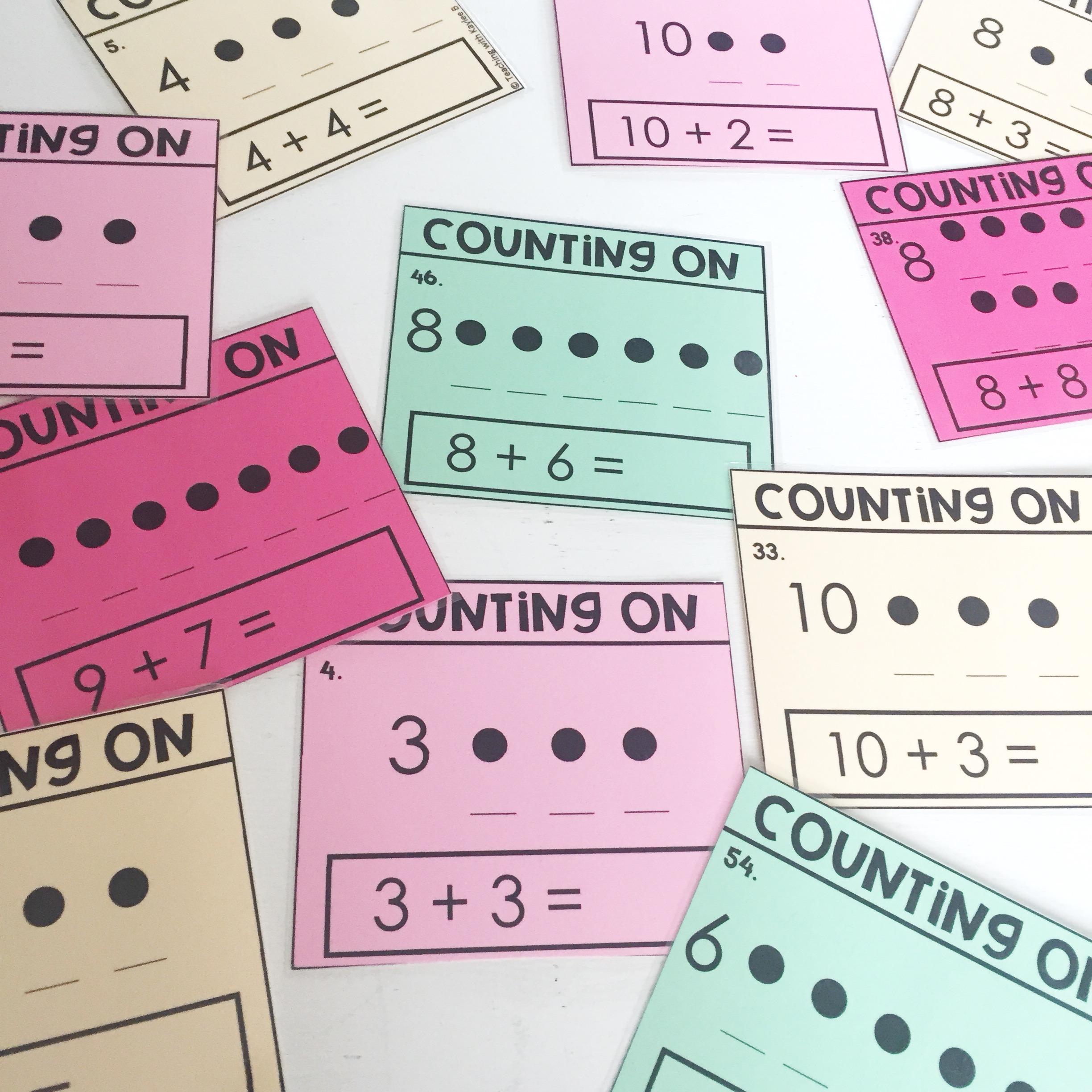Math Fact Fluency
Timed tests for math fact fluency are just that. Tests. They are assessments where we can see where students are at. From the data, we are able to teach to student needs, progress monitor, set goals with students, and differentiate in the classroom. They should very rarely be used as practice activities.
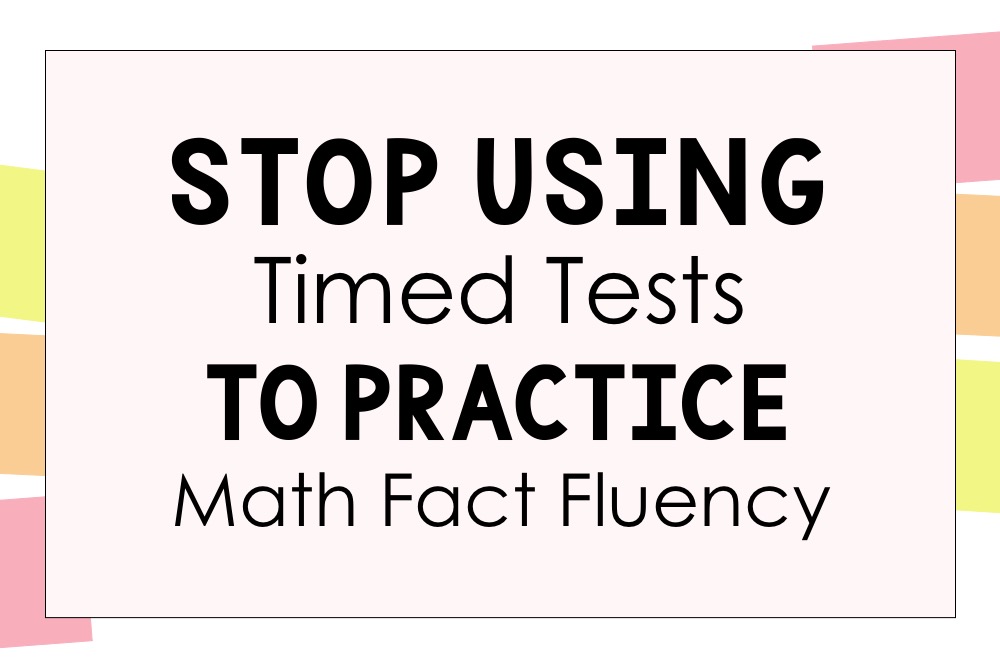
There are so many other ways to practice math fact fluency that are engaging and meaningful to students. In this blog post, I’ll be sharing other ways to practice math fact fluency in your classroom.
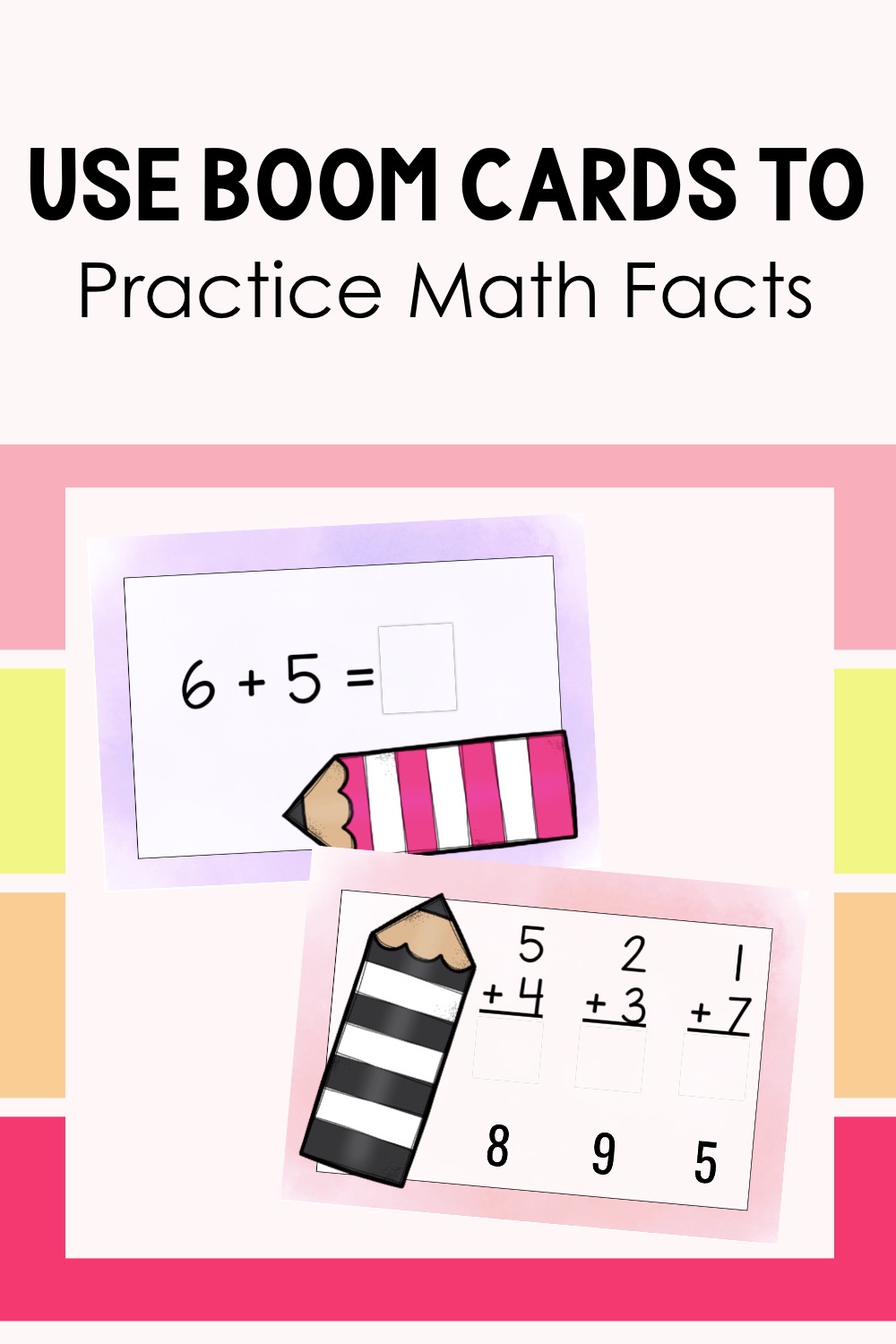
These self-checking digital task cards are a great way to give your students a math fact fluency assessment.
With distance learning I have discovered how fun BOOM Cards are for students. These are digital task cards that students love because they are so fun! They can do them with technology in the classroom or at home!
I have a BOOM card set for students to practice math fact fluency every month! Students type in the answers to addition and subtraction facts. They also drag and drop answers to facts! I differentiate within these BOOM cards because the first ten cards go over math facts with sums 1-10 and then the next 15 cards go over math facts with sums 1-20. So they get a bit harder throughout the set of cards.
But not only that, as the year progresses and students get more confident in their math fact skills, the monthly BOOM cards have harder facts. I love to challenge my students. Find my Year Long Math Fact Fluency Boom Cards here.
Math Fact Fluency Games
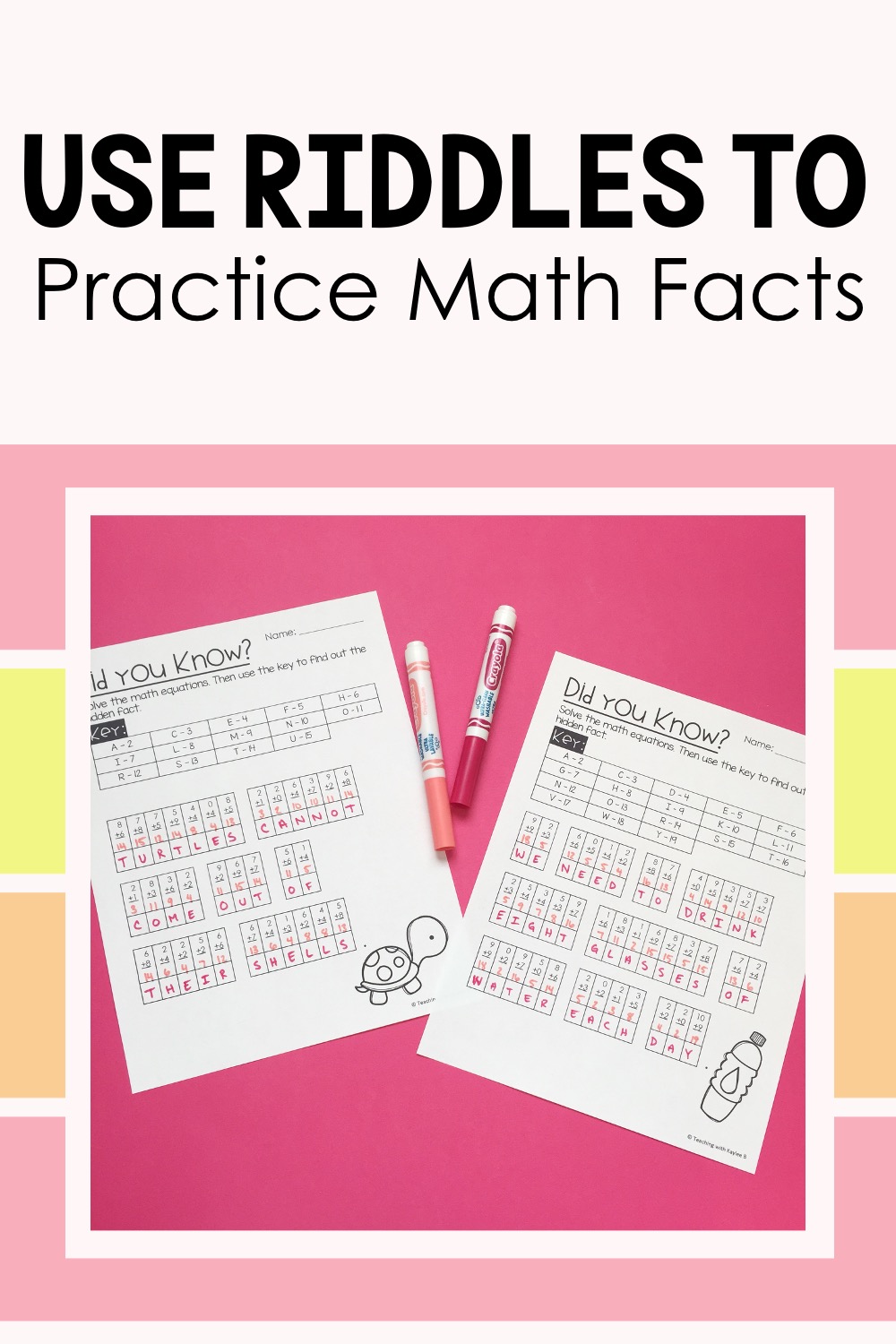
These math fact fluency worksheets are an engaging way for students to practice fact fluency without drilling them consistently on timed tests.
Another easy and low prep way to get students to practice math fact fluency is printing out Math Fact Riddles. I love to use these because they are fun for students and easy for me. All I have to do is print and set them out. I like using these as a fast finisher activity. I print out copies of one riddle each week and set them out for students to do on their own time.
Students love to figure out the fun fact! And the best part about it, they are practicing their math facts along the way. These were also so great to send home with students during distance learning.
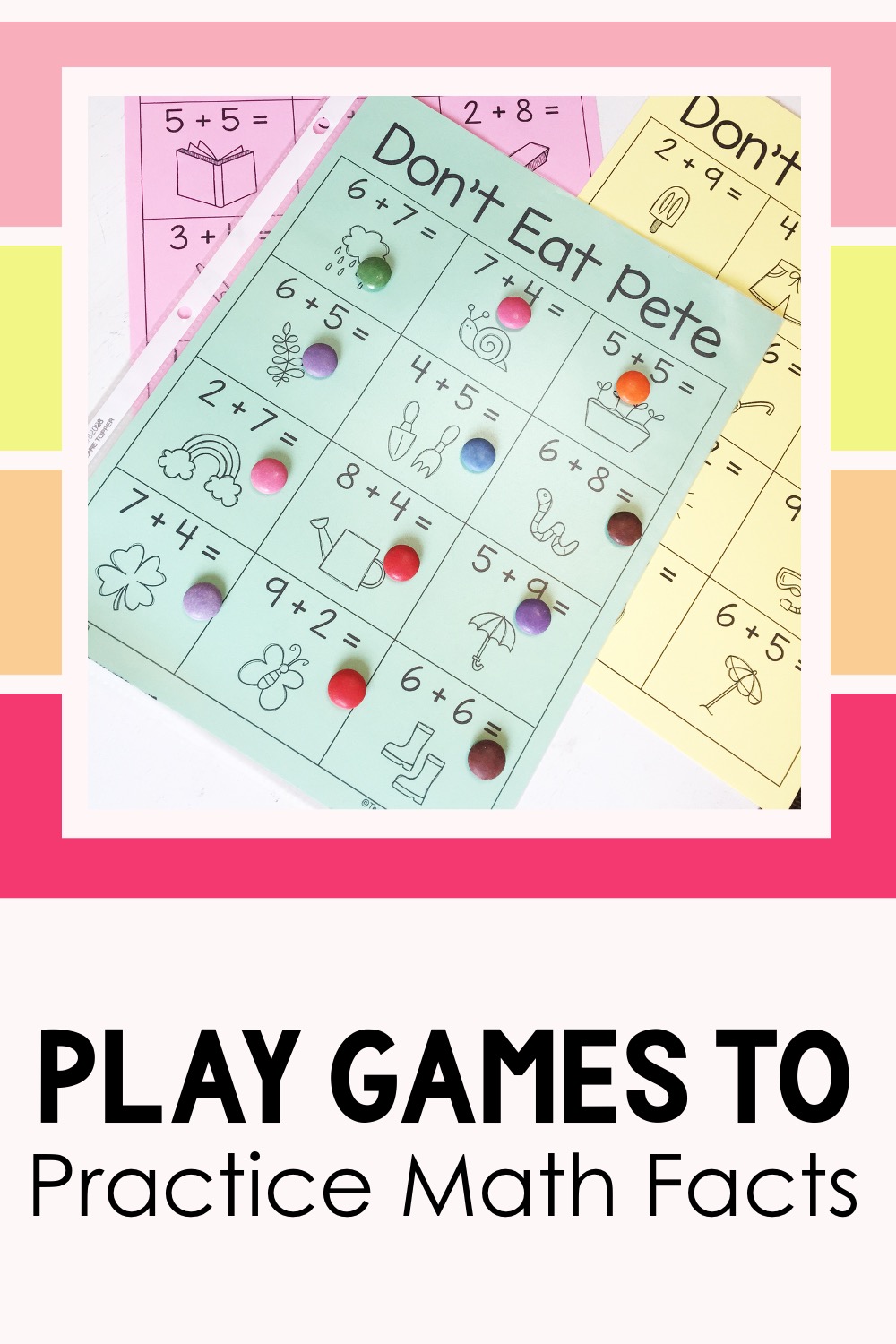
Math fact fluency games are a great way to have students practice math fact fluency without developing math anxiety that comes from timed practice drills.
Another fun math fact fluency practice activity that was easy to send home with students is Math Fact Don’t Eat Pete. I also use this game as a fast finisher or even centers around holidays.
Students get in small groups and pick one student to walk away from the group for a moment. The rest of the players pick a square to be “Pete”. They will put a candy (or we used dried beans) on each square. Then the student came back, picking up each piece of candy and saying the answer to the math fact. When that student picks “Pete” the group shouts “Don’t Eat Pete!” So fun right?
I also have these differentiated in my classroom having Don’t Eat Pete mats with versions of sums 1-5, 1-10, and 1-20.
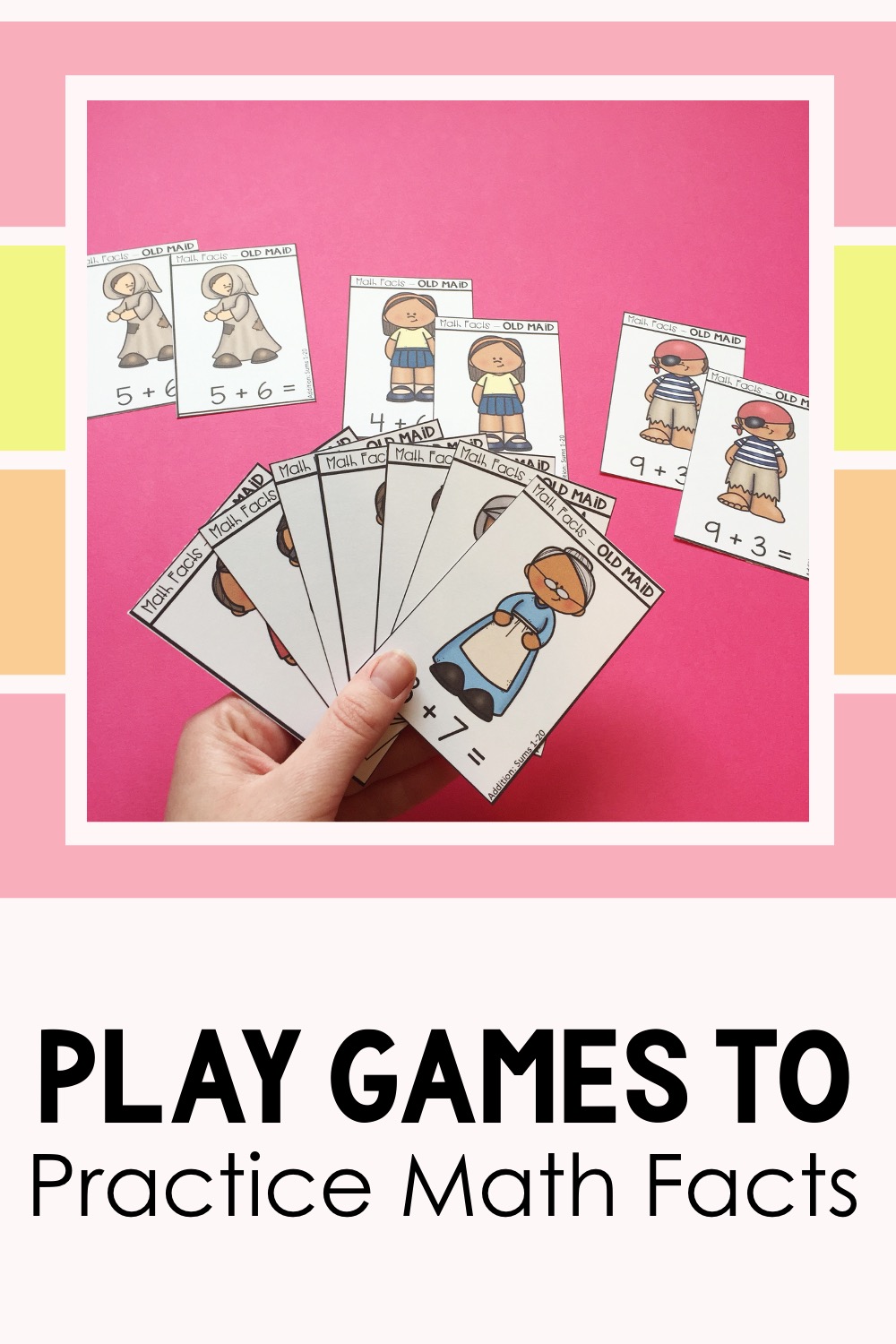
When you teach math fact fluency, don’t just drill timed tests. Have students practice fact fluency with math fact games.
I also have my students play other math fact fluency games. I usually use them as fast finisher activities, but sometimes I will set them out for a center as well. My students’ favorite game to play is Math Fact Old Maid. They often ask if they can play it during inside recess! They are laughing and having fun as they are practicing their math facts and I love to see it!
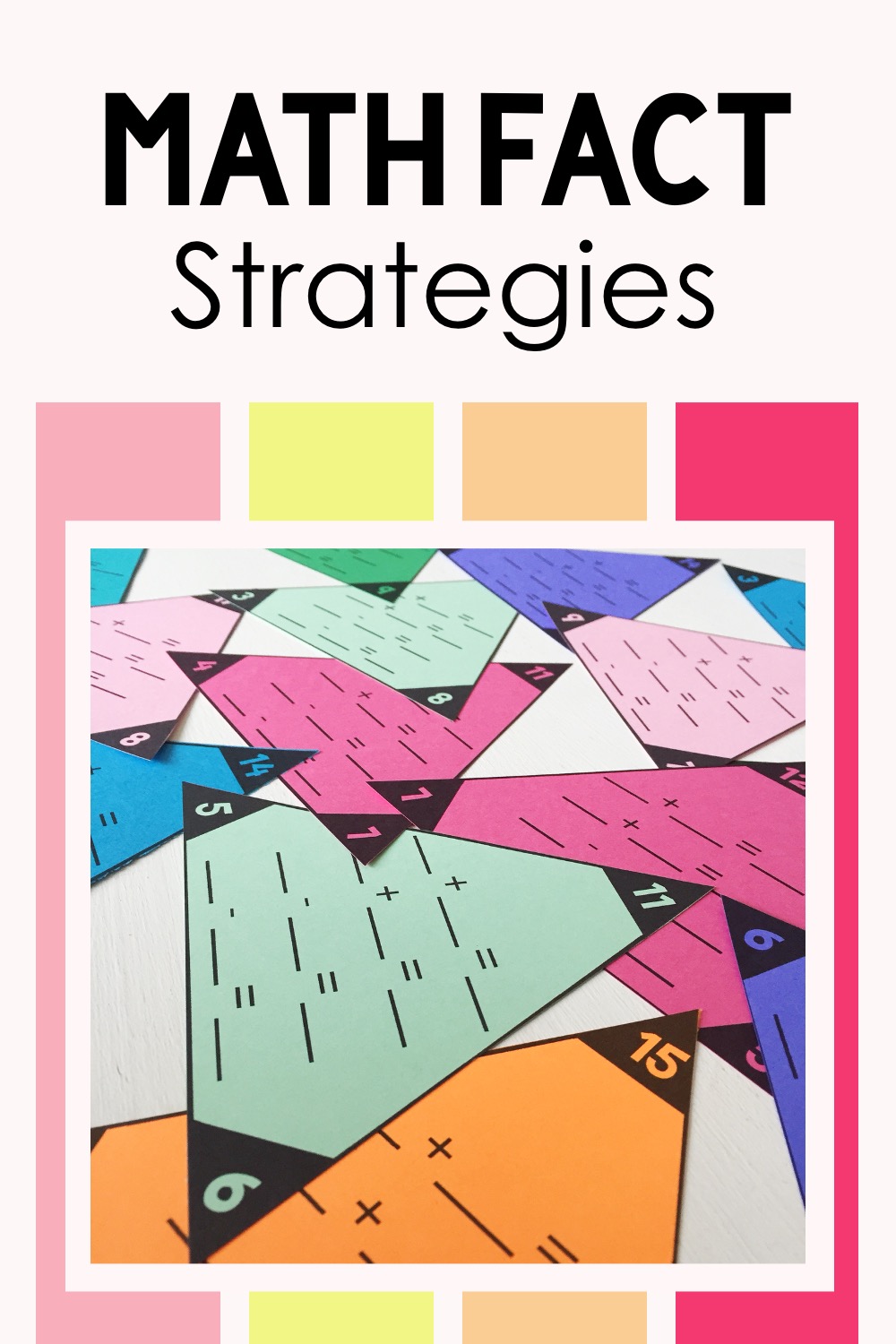
When looking for math fact fluency programs, choose one that focuses on math fact strategies. Not timed tests.
I also set out Math Facts Go Fish and a Math Facts Memory Match game for students.They love the choices when it comes to practicing their math facts.
But sometimes, these practice activities are not quite enough for some of my struggling students. That is when I know we need some intervention. I have found that the best way to do intervention with math facts is to teach math fact strategies.
If a student is stuck on a problem, they need a strategy to help them figure it out. Plus, I have found that when students learn and practice math fact strategies they see the relationships between numbers, and because of that they build a deeper number sense.
I teach my students how to use doubles facts to find out near double facts. I have them practice with these task cards.
I teach my students that they can Make Ten to find answers to higher math facts. I have them practice with these task cards for addition and these ones for subtraction.
I teach my students that they can count on or count back to find out any math fact.
I do the same with numbers lines for addition and subtraction, and using fact families to help them.
As we use the data from timed tests, we can see what our students need more help with. Do they just need more time with practice activities? Or do they need more practice with math fact strategies? I know by doing both, students become more fluent with math facts because I have seen it in my classroom.
Looking for more ways to ensure math fact fluency in your classroom? I made this free workbook for teachers to follow manageable steps to get their students to math fact fluency. Download it here.

Find other math fact games in this blog post: 3 Easy to Make Math Fact Games
Looking for more information on math fact strategies? Read this blog post here.

